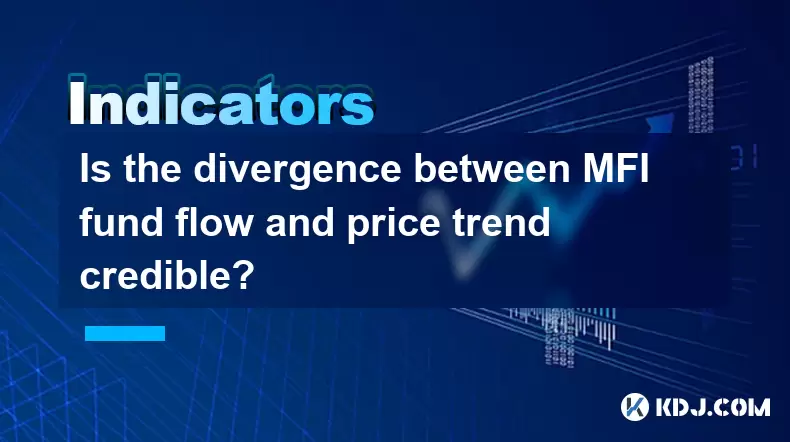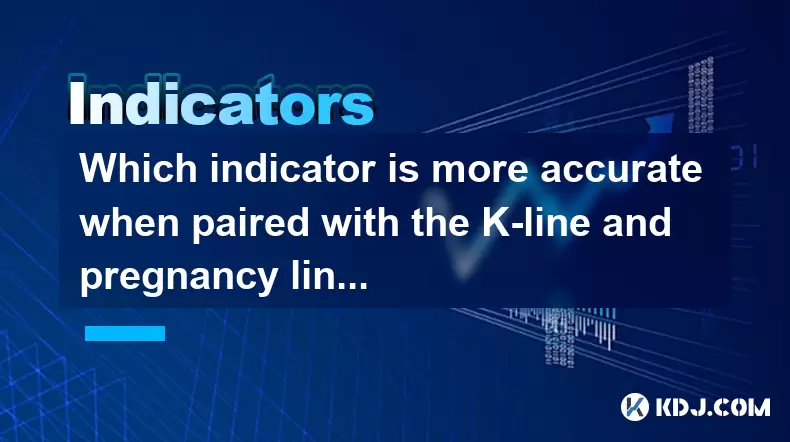-
 Bitcoin
Bitcoin $119300
1.07% -
 Ethereum
Ethereum $3730
3.87% -
 XRP
XRP $3.235
0.29% -
 Tether USDt
Tether USDt $1.000
0.00% -
 BNB
BNB $783.5
1.88% -
 Solana
Solana $188.7
0.25% -
 USDC
USDC $0.0000
-0.01% -
 Dogecoin
Dogecoin $0.2399
-0.44% -
 TRON
TRON $0.3157
2.37% -
 Cardano
Cardano $0.8254
1.94% -
 Hyperliquid
Hyperliquid $42.83
0.14% -
 Stellar
Stellar $0.4372
3.21% -
 Sui
Sui $3.859
4.91% -
 Chainlink
Chainlink $18.53
3.53% -
 Hedera
Hedera $0.2464
0.01% -
 Bitcoin Cash
Bitcoin Cash $519.8
2.46% -
 Avalanche
Avalanche $24.24
2.17% -
 Litecoin
Litecoin $113.7
0.73% -
 UNUS SED LEO
UNUS SED LEO $8.990
0.30% -
 Shiba Inu
Shiba Inu $0.00001390
0.21% -
 Toncoin
Toncoin $3.188
1.49% -
 Ethena USDe
Ethena USDe $1.001
0.02% -
 Polkadot
Polkadot $4.090
-0.91% -
 Uniswap
Uniswap $10.40
4.08% -
 Monero
Monero $326.6
3.12% -
 Bitget Token
Bitget Token $4.627
-0.42% -
 Pepe
Pepe $0.00001281
0.76% -
 Dai
Dai $1.000
0.01% -
 Aave
Aave $291.6
0.98% -
 Cronos
Cronos $0.1269
7.26%
How to use VWAP for crypto trading?
VWAP helps crypto traders gauge trend direction and find entry/exit points by combining price and volume data.
Jul 12, 2025 at 03:14 am

Understanding VWAP in the Context of Cryptocurrency Trading
VWAP, or Volume Weighted Average Price, is a powerful analytical tool used by traders to determine the average price of an asset based on both volume and price. In the world of cryptocurrency trading, where volatility is high and market sentiment can shift rapidly, using VWAP effectively allows traders to make more informed decisions.
Unlike traditional moving averages that only consider price over time, VWAP incorporates trading volume, making it more reflective of actual market activity. This makes VWAP particularly useful in crypto markets, where large trades can significantly influence prices.
VWAP = (Σ (Price × Volume)) / (Σ Volume)
This formula sums up all the prices multiplied by their respective volumes and divides that by the total volume for the given period.
How to Calculate VWAP Step-by-Step
To calculate VWAP manually or through trading platforms, you need access to historical data including both price and volume for each time interval. Here’s how you can do it:
- Choose a time frame – Typically, VWAP is calculated from the beginning of the trading day.
- Break down the chart into intervals – For example, 5-minute or 15-minute candlesticks.
- For each interval, multiply the closing price by the volume traded during that interval.
- Sum these values across all intervals to get the total weighted price.
- Separately sum up all the volumes traded during those intervals.
- Divide the total weighted price by the total volume to get the VWAP value.
Most modern crypto trading platforms like Binance, Bybit, or TradingView automatically calculate and plot VWAP on charts, so manual calculations are usually unnecessary unless you're building your own tools or scripts.
Using VWAP as a Benchmark for Entry and Exit Points
One of the primary uses of VWAP in crypto trading is identifying potential entry and exit points. Traders often use VWAP as a dynamic support/resistance level. When the price is above VWAP, it may indicate bullish momentum; when below, bearish pressure.
Here’s how traders typically apply this strategy:
- Buying near VWAP – If the price pulls back to the VWAP line during an uptrend, it might offer a good buying opportunity.
- Selling near VWAP – During a downtrend, if the price rallies toward the VWAP, it could be a chance to sell.
- Avoiding trades against VWAP – Some traders avoid entering positions in the opposite direction of the VWAP trend to prevent going against the dominant market flow.
It's crucial to remember that VWAP works best in trending markets and less so in sideways or choppy conditions.
Combining VWAP with Other Indicators for Better Accuracy
Relying solely on VWAP can lead to false signals, especially in highly volatile crypto markets. To improve accuracy, many traders combine VWAP with other technical indicators such as:
- Moving Averages – Comparing VWAP with EMA or SMA helps confirm trends.
- RSI (Relative Strength Index) – Helps identify overbought or oversold conditions alongside VWAP.
- MACD (Moving Average Convergence Divergence) – Useful for spotting momentum shifts when used with VWAP.
For example, if the price is above VWAP and RSI is not in overbought territory, it may signal a strong upward trend. Conversely, if the price is below VWAP and MACD shows bearish divergence, it might reinforce a shorting opportunity.
Setting Up VWAP on Popular Crypto Trading Platforms
Most traders prefer setting up VWAP directly on their trading platform rather than calculating it manually. Here’s how you can set it up on some popular platforms:
TradingView:
- Open any crypto chart.
- Click on “Indicators” at the top.
- Search for “VWAP” and add it to the chart.
- You can customize settings like deviation bands or color schemes.
Binance:
- Navigate to the trading view section.
- Click on the indicator icon.
- Search for “VWAP” and enable it.
- Adjust the visual settings as needed.
Bybit or KuCoin:
- These platforms may not have VWAP built-in by default.
- Use third-party integrations like TrendSpider or ChartPrime, or connect via TradingView’s webhooks.
Once VWAP is plotted, observe how the price interacts with it over multiple candles to gain insights into market structure and institutional behavior.
Frequently Asked Questions (FAQs)
Q: Is VWAP suitable for intraday trading in crypto?
Yes, VWAP is primarily designed for intraday trading. It resets at the start of each new trading session, making it ideal for tracking real-time price movements and volume-based averages within a single trading day.
Q: Can I adjust the VWAP period in crypto charts?
Most platforms do not allow changing the VWAP period because it starts from the beginning of the day. However, advanced tools like custom scripts or Pine Script in TradingView can simulate different lookback periods.
Q: Does VWAP work well in low-volume crypto pairs?
In low-volume markets, VWAP may give misleading signals due to sparse data points. It performs best in highly liquid crypto pairs like BTC/USDT or ETH/USDT where volume is substantial and consistent.
Q: How does VWAP differ from regular moving averages in crypto trading?
While moving averages simply smooth out price over time, VWAP gives more weight to periods with higher volume, offering a more accurate reflection of where most traders executed their trades.
Disclaimer:info@kdj.com
The information provided is not trading advice. kdj.com does not assume any responsibility for any investments made based on the information provided in this article. Cryptocurrencies are highly volatile and it is highly recommended that you invest with caution after thorough research!
If you believe that the content used on this website infringes your copyright, please contact us immediately (info@kdj.com) and we will delete it promptly.
- Bitcoin, Jim Cramer, and the US Deficit: A Wall Street Story
- 2025-07-25 10:30:11
- TGEs, Scalability & Privacy Tech: Decoding the Future of Blockchain
- 2025-07-25 10:30:11
- Ben Askren, FUNKY Memecoin, and the Fallout: A New York Minute
- 2025-07-25 10:50:11
- TRON, Crypto Payroll, and Stablecoins: A New York Minute on the Future of Finance
- 2025-07-25 08:30:11
- WazirX, Revote, and Crypto Unlock: A New York Minute on the Latest Developments
- 2025-07-25 06:50:11
- Hong Kong Stablecoin Regulation: Navigating the Hype and Hurdles
- 2025-07-25 08:30:11
Related knowledge

Is the divergence between MFI fund flow and price trend credible?
Jul 25,2025 at 12:01pm
Understanding MFI and Fund Flow in Cryptocurrency MarketsThe Money Flow Index (MFI) is a technical oscillator that combines price and volume to assess...

Should I go all in when DIF crosses DEA?
Jul 25,2025 at 12:42am
Understanding DIF and DEA in MACD AnalysisWhen traders analyze DIF and DEA in the context of the Moving Average Convergence Divergence (MACD) indicato...

Should I go all in when the upper edge of the box is broken?
Jul 25,2025 at 01:50am
Understanding the 'Box' in Cryptocurrency Price ChartsThe term 'box' in cryptocurrency trading typically refers to a price consolidation range where t...

Should I go all in when the parabolic turning signal appears?
Jul 25,2025 at 06:36am
Understanding the Parabolic Turning Signal in Crypto TradingThe parabolic turning signal is a technical indicator derived from the Parabolic SAR (Stop...

Should I follow up with a full position when the trading volume suddenly increases?
Jul 25,2025 at 12:28am
Understanding Sudden Increases in Trading VolumeA sudden spike in trading volume often signals heightened market activity and can indicate that new in...

Which indicator is more accurate when paired with the K-line and pregnancy line combination?
Jul 25,2025 at 05:43am
Understanding the K-Line and Pregnancy Line CombinationThe K-line, also known as the Japanese candlestick chart, is a foundational tool in technical a...

Is the divergence between MFI fund flow and price trend credible?
Jul 25,2025 at 12:01pm
Understanding MFI and Fund Flow in Cryptocurrency MarketsThe Money Flow Index (MFI) is a technical oscillator that combines price and volume to assess...

Should I go all in when DIF crosses DEA?
Jul 25,2025 at 12:42am
Understanding DIF and DEA in MACD AnalysisWhen traders analyze DIF and DEA in the context of the Moving Average Convergence Divergence (MACD) indicato...

Should I go all in when the upper edge of the box is broken?
Jul 25,2025 at 01:50am
Understanding the 'Box' in Cryptocurrency Price ChartsThe term 'box' in cryptocurrency trading typically refers to a price consolidation range where t...

Should I go all in when the parabolic turning signal appears?
Jul 25,2025 at 06:36am
Understanding the Parabolic Turning Signal in Crypto TradingThe parabolic turning signal is a technical indicator derived from the Parabolic SAR (Stop...

Should I follow up with a full position when the trading volume suddenly increases?
Jul 25,2025 at 12:28am
Understanding Sudden Increases in Trading VolumeA sudden spike in trading volume often signals heightened market activity and can indicate that new in...

Which indicator is more accurate when paired with the K-line and pregnancy line combination?
Jul 25,2025 at 05:43am
Understanding the K-Line and Pregnancy Line CombinationThe K-line, also known as the Japanese candlestick chart, is a foundational tool in technical a...
See all articles

























































































